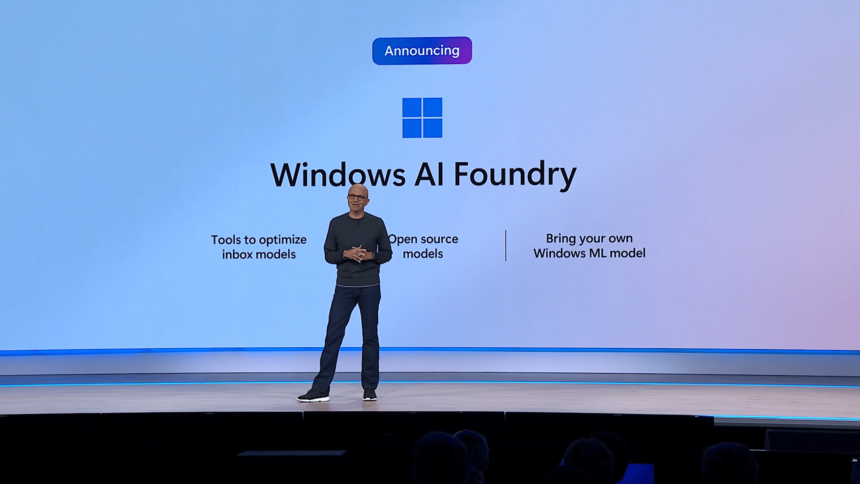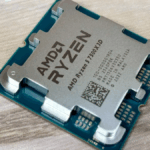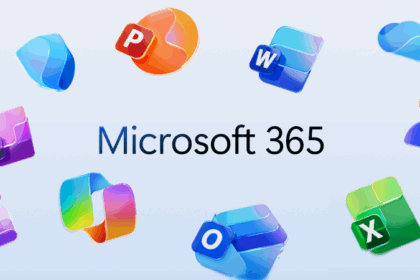Let’s be honest — Microsoft has completely fallen for artificial intelligence.
Windows has always reflected its time: first the mouse and desktop windows, then touch and mobile devices, and now, the age of Copilot and local AI models.
But according to Pavan Davuluri, head of Windows and Devices, the next chapter is something bigger — an “agent OS” designed to connect devices, the cloud, and AI models to handle tasks from start to finish. Davuluri hinted at this shift on X ahead of Microsoft Ignite 2025 (November 18–21, San Francisco), where we’ll finally see what “Windows as an agent system” means in practice.
The problem?
Instead of fixing what’s broken, Microsoft seems determined to tangle Windows even deeper in artificial intelligence — often without a clear purpose or visible benefit to users. History suggests that this kind of forced innovation tends to frustrate rather than inspire.
Windows is evolving into an agentic OS, connecting devices, cloud, and AI to unlock intelligent productivity and secure work anywhere. Join us at #MSIgnite to see how frontier firms are transforming with Windows and what’s next for the platform. We can’t wait to show you!…
— Pavan Davuluri (@pavandavuluri) November 10, 2025
What Exactly Is an “Agent OS”?
The concept describes an operating system where AI agents with goals, context, and memory can take initiative — orchestrating workflows automatically. Consider preparing for a meeting by gathering all related documents or setting up a secure workspace on a new laptop.
Microsoft has been seeding this idea since last summer (remember the Windows 2030 Vision article). In October, the company reinforced that “every Windows 11 PC will be an AI PC”, complete with enterprise-grade agent controls. Ignite 2025 is where these puzzle pieces are supposed to come together.
This also explains why Microsoft recently reunified its Windows engineering teams under Davuluri. After years of fragmented efforts, the company aims to synchronise development across clients, servers, and cloud services to accelerate its AI vision more efficiently and coherently.
What to Expect at Microsoft Ignite
1. Productivity Agents with Built-in Security
Microsoft plans to showcase sessions around agent security, identity, and data protection — because if AI can move files, launch apps, or schedule meetings on your behalf, Zero Trust isn’t optional. Especially after the Recall feature fiasco, trust and transparency will be critical.
2. Coordination Between Device and Cloud
Davuluri’s reference to “connecting devices, cloud, and AI” points to hybrid agents that mix on-device NPUs (for privacy and low latency) with Azure models (for scale and intelligence). In theory, this should enable smarter, faster productivity — even offline or in hybrid workplaces.
3. From Copilot to Full Workflow Automation
In Microsoft’s Vision 2030, natural language replaces much of the traditional clicking and typing. If Windows truly becomes an “agentic” platform, Copilot could evolve from a chat assistant into a full task manager, capable of taking action on its own — under strict policies and audit systems for businesses. What remains unclear is how much of this autonomy will reach regular users in the near future.
There’s no denying the industry’s momentum toward AI. It’s powerful and transformative — but even the smartest house needs tidying before you renovate it.
Windows still struggles with inconsistency, clutter, and legacy systems. Instead of addressing those issues, Microsoft appears eager to add more complexity. Maybe this gamble will pay off. But history — from the ambitious leaps of Panos Panay to the missteps with Outlook redesigns — suggests caution.
Perhaps what Microsoft really needs right now isn’t another AI layer, but a moment to pause, organise, and focus on making Windows great again — before trying to make it intelligent.











